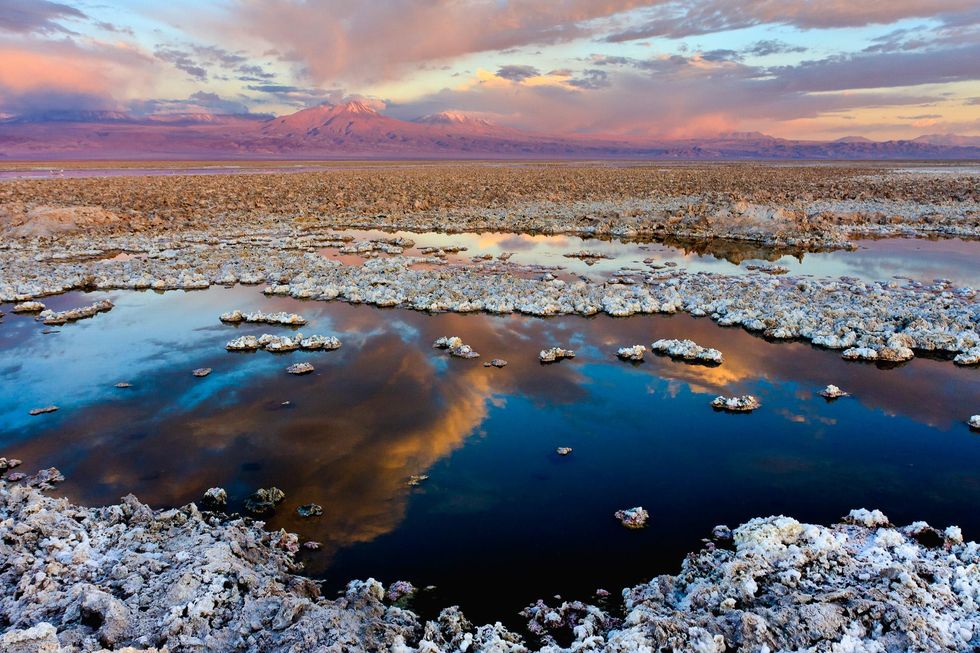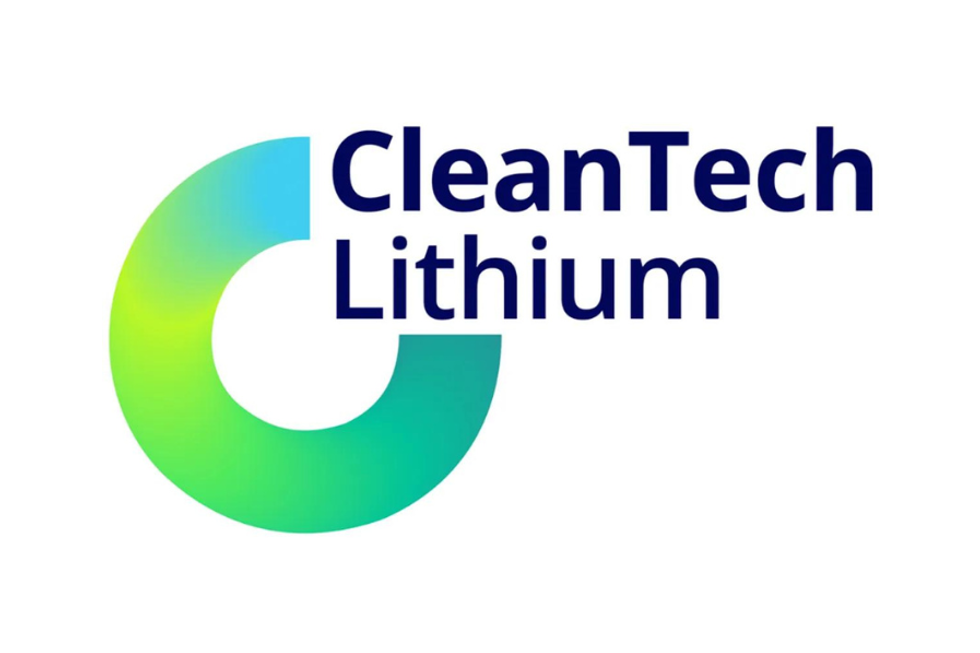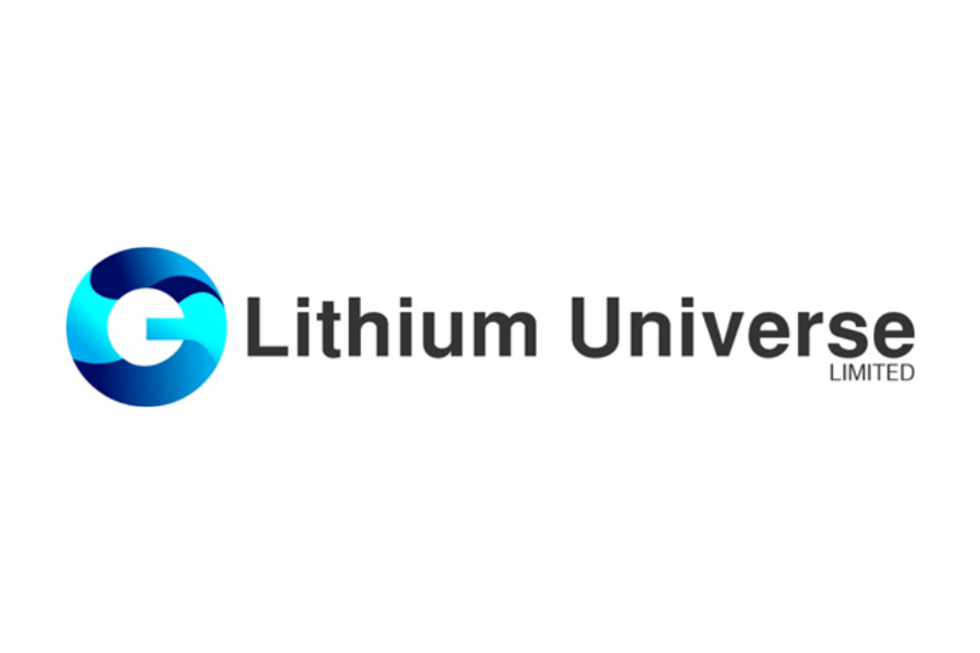Northern Chile has been devastated by heavy rains and flooding since last Tuesday. While there have been several reports on how the rainfall has affected copper mines in the region, investors are likely wondering about the impact for lithium operations.
By Francesco Mocellin (own work), via Wikimedia Commons.
Northern Chile has been devastated by heavy rains and flooding since last Tuesday, and while there have been several reports on how the rainfall has affected copper mines in the region, investors are likely wondering about the impact for lithium operations.
After all, the region’s “lithium triangle” — which encompasses parts of Bolivia, Chile and Argentina — accounts for a significant share of global production and is home to operations run by the lithium “Big 3.”
Sociedad Quimica y Minera de Chile (NYSE:SQM) extracts lithium from the Salar de Atacama in Chile’s Atacama desert, while Rockwood Lithium, now owned by Albemarle (NYSE:ALB), has the Planta Salar in the same region of Chile. In Northwest Argentina, FMC (NYSE:FMC) owns the Salar del Hombre Muerto in Argentina, and near-production Orocobre (TSX:ORL,ASX:ORE) has the Salar de Olaroz project.
According to the BBC, the rains are the worst seen by the country in 80 years. Twenty people have been reported missing so far, and the death toll has reached 17, with roughly 11,000 affected and over 4,500 in shelters.
As mentioned, a number of copper mines in the region were affected by the floods last week, including Lundin Mining’s (TSX:LUN) Candelaria mine and those owned by state-owned Codelco. Operations at the mines were halted due to the rain last Wednesday, but some operations were reported to have restarted last Thursday.
Effects on lithium operations
On the lithium side of things, SQM reported last week that it had halted some of its operations in Chile’s north as a preventative measure due to heavy rains and flooding. No damages or injuries were reported, but the company said in its release that road conditions were making it difficult to transport workers to and from mine sites.
Ashley Mendoza, communications director for Albemarle, told Resource Investing News that there was no significant damage at Rockwood’s South American operations, although there were some minor operational outages. The company is now in the process of restarting operations.
Moving over to Argentina, FMC said via email that while the Salar del Hombre Muerto has “been hit with rainfall that is nearly 15 times the monthly average for March,” the rain hasn’t significantly impacted the company’s operations. However, FMC added that it has been “affected by transportation issues with raw materials going to the salar and causing some delays of finished products crossing the mountain passes to the port.” The company continues to monitor the situation.
Orocobre chairman James Calaway said that the heavy rains experienced in the north of Chile haven’t reached Olaroz or Orocobre’s operations. As with FMC, he stated that the company’s borate operations further south have seen greater-than-expected rainfall, but that it hasn’t had a significant impact on those operations.
Tight supply and price volatility
Of course, the heavy rain and flooding in Chile draws attention to lithium supply. Simon Moores of Benchmark Mineral Intelligence stated that demand for lithium carbonate and hydroxide is increasing, but there have been “no significant supply-side expansions” in the past 18 months, save for Orocobre’s new operations.
“The major supply side factor affecting prices this year will be how quickly Orocobre can ramp up. The floods in the Atacama are expected to at least delay some shipments of lithium globally, but longer term it is looking likely that no significant negative impact on supply will occur,” he said.
Furthermore, Jon Hykawy of Stormcrow Capital noted that Talison Lithium’s Greenbushes project in Australia is “nearly topped out” in terms of production at current capacity. Based on that consideration, he suggested that the market “could be looking at some problems with supply for the next year or two.”
In any case, market watchers will continue to keep an eye on the weather in the lithium triangle for now. Mendoza stated that while Albemarle does “expect some temporary production disruption,” it plans to make up production volumes over the rest of the year. The company is currently conducting an assessment on the full financial impact of the rains.
Securities Disclosure: I, Teresa Matich, hold no direct investment interest in any company mentioned in this article.
Related reading:






